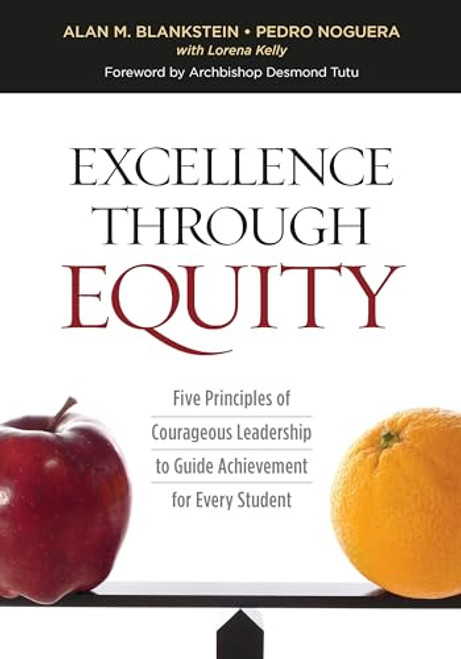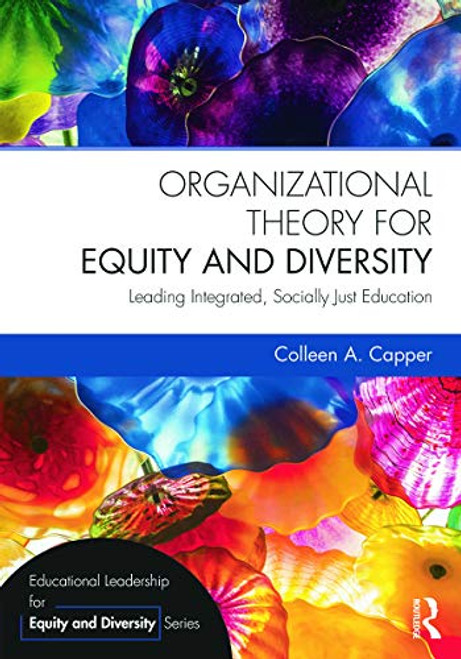First published in 1985, the Handbook for Achieving Gender Equity Through Education quickly established itself as the essential reference work concerning gender equity in education. This new, expanded edition provides a 20-year retrospective of the field, one that has the great advantage of documenting U.S. national data on the gains and losses in the efforts to advance gender equality through policies such as Title IX, the landmark federal law prohibiting sex discrimination in education, equity programs and research. Key features include:
Expertise Like its predecessor, over 200 expert authors and reviewers provide accurate, consensus, research-based information on the nature of gender equity challenges and what is needed to meet them at all levels of education.
Content Area Focus The analysis of gender equity within specific curriculum areas has been expanded from 6 to 10 chapters including mathematics, science, and engineering.
Global/Diversity Focus Global gender equity is addressed in a separate chapter as well as in numerous other chapters. The expanded section on gender equity strategies for diverse populations contains seven chapters on African Americans, Latina/os, Asian and Pacific Island Americans, American Indians, gifted students, students with disabilities, and lesbian, gay, bisexual, and transgender students.
Action Oriented All chapters contain practical recommendations for making education activities and outcomes more gender equitable. A final chapter consolidates individual chapter recommendations for educators, policymakers, and researchers to achieve gender equity in and through education.
New Material Expanded from 25 to 31 chapters, this new edition includes:
*more emphasis on male gender equity and on sexuality issues;
*special within population gender equity challenges (race, ability and disability, etc);
*coeducation and single sex education;
*increased use of rigorous research strategies such as meta-analysis showing more sex similarities and fewer sex differences and of evaluations of implementation programs;
*technology and gender equity is now treated in three chapters;
*womens and gender studies;
*communication skills relating to English, bilingual, and foreign language learning; and
*history and implementation of Title IX and other federal and state policies.
Since there is so much misleading information about gender equity and education, this Handbook will be essential for anyone who wants accurate, research-based information on controversial gender equity issuesjournalists, policy makers, teachers, Title IX coordinators, equity trainers, womens and gender study faculty, students, and parents.
Handbook for Achieving Gender Equity Through Education
Routledge
$25.18 - $186.00
- UPC:
- 9780805854541
- Maximum Purchase:
- 3 units
- Binding:
- Paperback
- Publication Date:
- 2007-05-24
- Release Date:
- 2008-01-24
- Language:
- english
- Edition:
- 2










